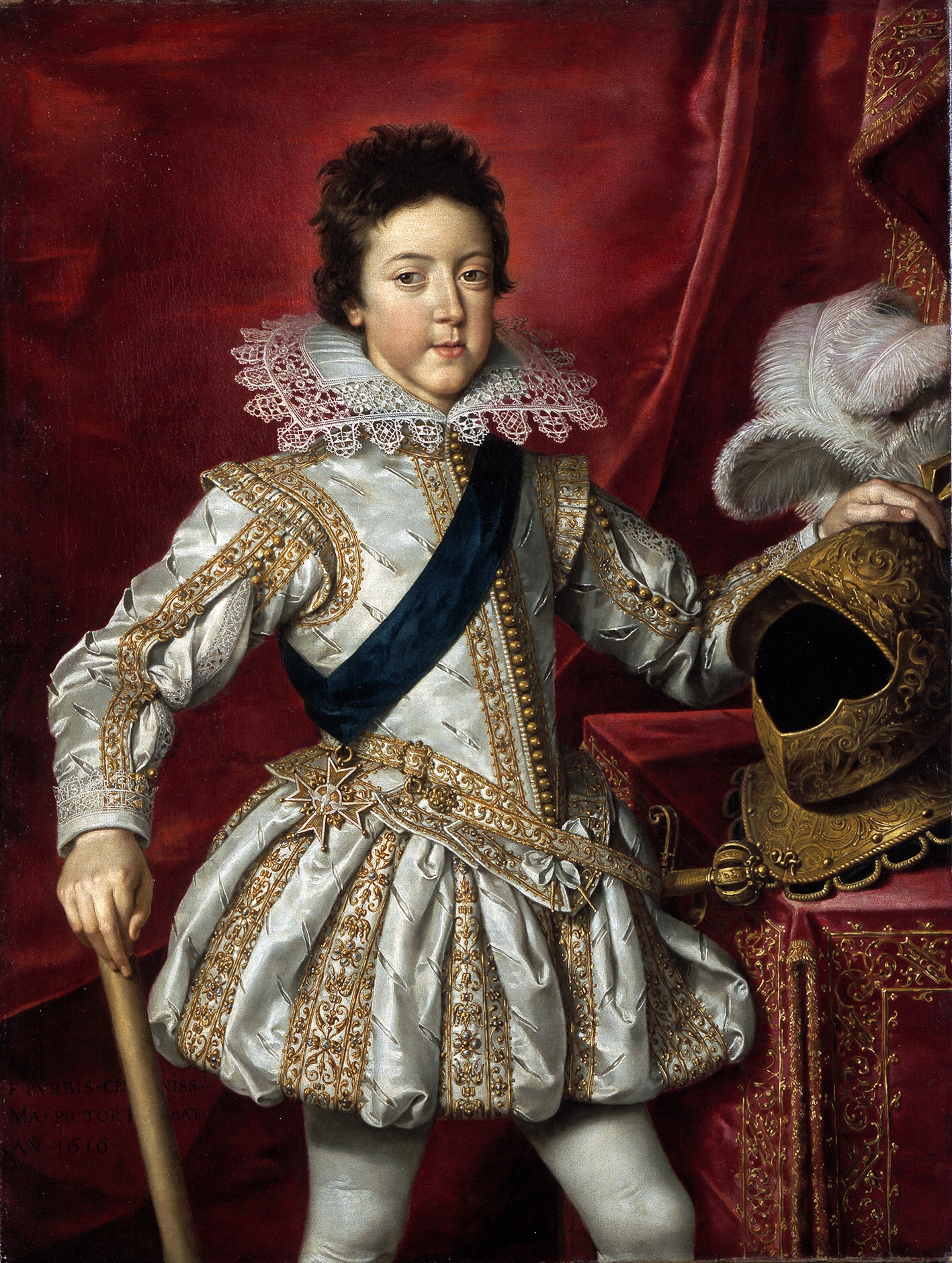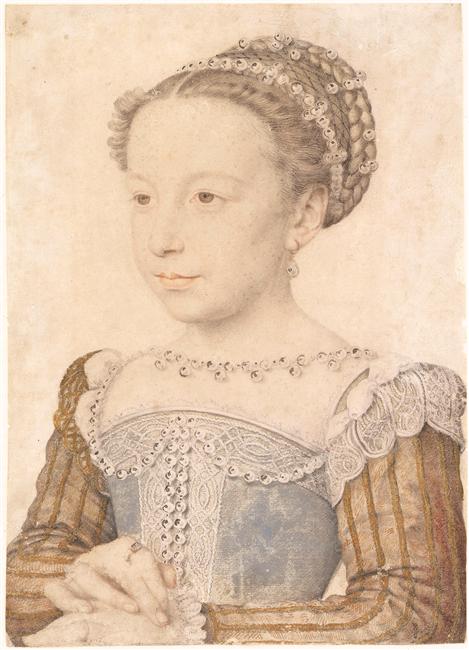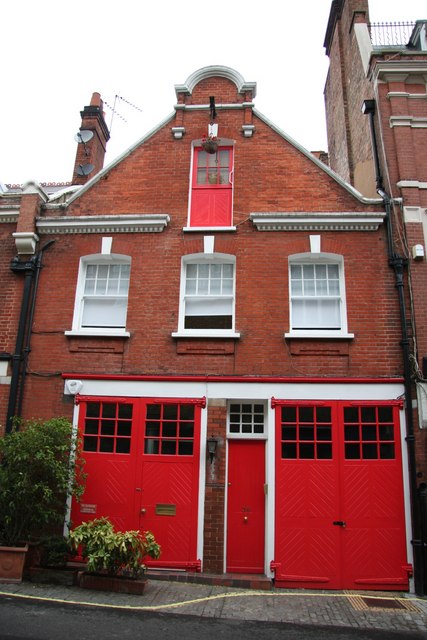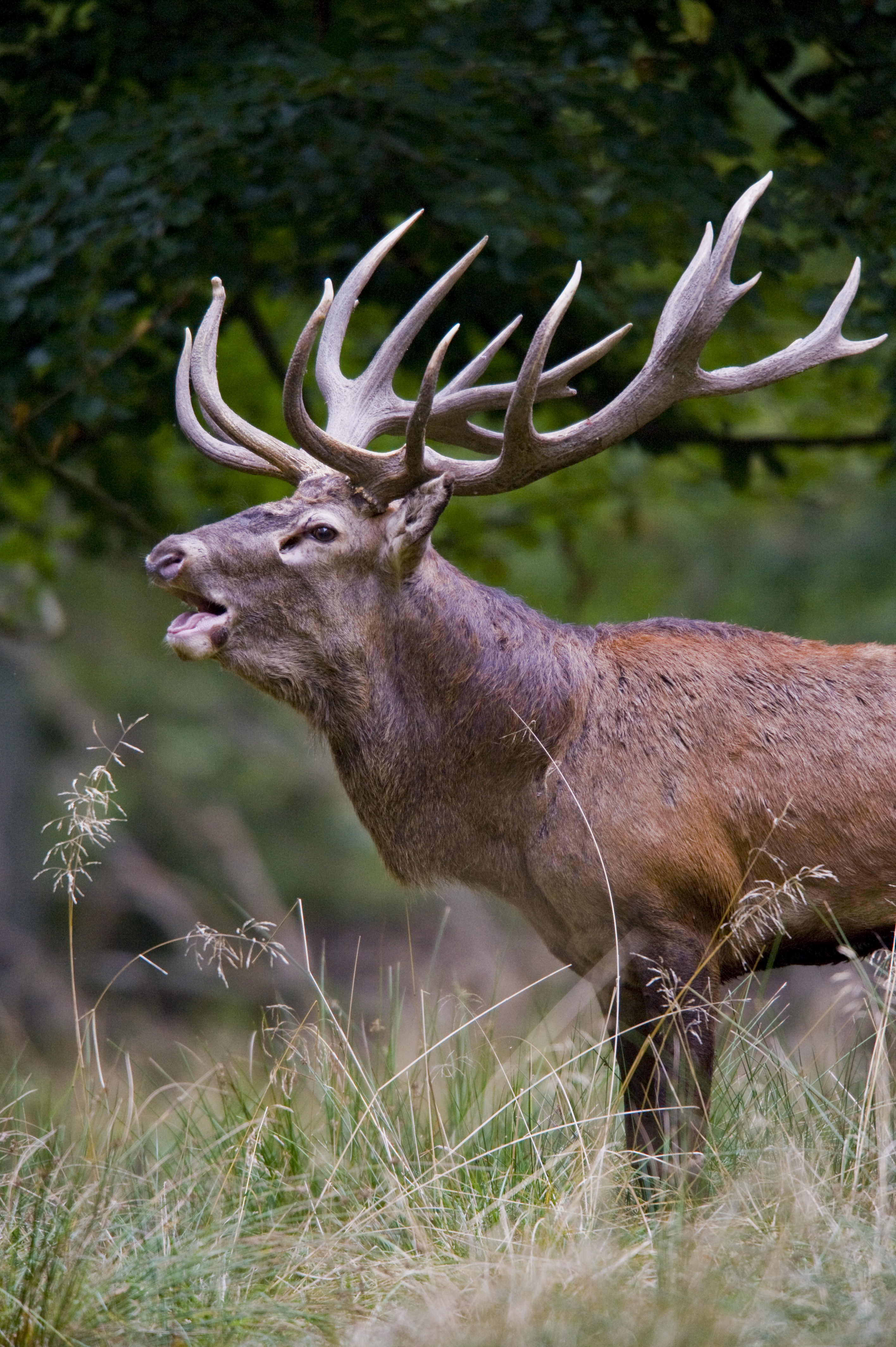|
Château De La Muette
The Château de la Muette () is a château located on the edge of the Bois de Boulogne in Paris, France, near the Porte de la Muette. It is the OECD's headquarters. Three châteaux have been located on the site since a hunting lodge was transformed into the first château for Princess Marguerite of Valois, favorite daughter of King Henry II, sister of Kings Francis II, Charles IX and Henry III and the first wife of King Henry IV, in the 16th century. The first château was extended and substantially reconstructed by Louis XV. Louis XVI and Marie Antoinette lived at this second château, and the first manned flight, in a hot air balloon, set off from the château in 1783. The old château was demolished in the 1920s to make room for substantial houses, including a new château built by Henri James de Rothschild, which now serves as the Organisation for Economic Co-operation and Development's headquarters. Name The meaning of ''muette'' is not certain. In modern French, ... [...More Info...] [...Related Items...] OR: [Wikipedia] [Google] [Baidu] |
Château De La Muette, Paris 20 March 2019 004
A château (, ; plural: châteaux) is a manor house, or palace, or residence of the lord of the manor, or a fine country house of nobility or gentry, with or without fortifications, originally, and still most frequently, in French-speaking regions. Nowadays, a ''château'' may be any stately residence built in a French style; the term is additionally often used for a winegrower's estate, especially in the Bordeaux wine regions, Bordeaux region of France. Definition The word château is a French word that has entered the English language, where its meaning is more specific than it is in French. The French word ''château'' denotes buildings as diverse as a medieval fortress, a Renaissance palace and a fine 19th-century country house. Care should therefore be taken when translating the French word ''château'' into English, noting the nature of the building in question. Most French châteaux are "palaces" or fine "English country house, country houses" rather than "castles", an ... [...More Info...] [...Related Items...] OR: [Wikipedia] [Google] [Baidu] |
Henri James De Rothschild
Henri James Nathaniel Charles, Baron de Rothschild (26 July 1872 – 12 October 1947) was a French playwright who wrote under the pen names André Pascal, Charles des Fontaines, and P.-L. Naveau. He was also qualified as a physician (although he never actually practiced medicine), a philanthropist, and an entrepreneur. Early life Rothschild was born on 26 July 1872 in Paris, although he was a scion of the English branch of the Rothschild family. He was the son of James Edouard de Rothschild (1844–1881) and Thérèse von Rothschild (1847–1931). His paternal grandfather was Nathaniel de Rothschild, originally from London, the founder of the French wine-making branch of the Rothschild family. Although he lived primarily in France, he was "prominent in British society and was a member of the Royal Yacht Squadron at Cowes." After attending the Lycée Louis-le-Grand in Paris, he interned in the maternity ward of the municipal Hôpital de la Charité working under "some of the m ... [...More Info...] [...Related Items...] OR: [Wikipedia] [Google] [Baidu] |
Antoine Watteau
Jean-Antoine Watteau (, , ; baptised 10 October 1684died 18 July 1721) Alsavailablevia Oxford Art Online (subscription needed). was a French Painting, painter and Drawing, draughtsman whose brief career spurred the revival of interest in colour and movement, as seen in the tradition of Antonio da Correggio, Correggio and Peter Paul Rubens, Rubens. He revitalized the waning Baroque style, shifting it to the less severe, more naturalistic, less formally classical, Rococo. Watteau is credited with inventing the genre of ''fête galante, fêtes galantes'', scenes of bucolic and idyllic charm, suffused with a theatrical air. Some of his best known subjects were drawn from the world of commedia dell'arte, Italian comedy and ballet. Early life and training Jean-Antoine Watteau was born in October 1684 in Valenciennes, once an important town in the County of Hainaut which became sequently part of the Burgundian Netherlands, Burgundian and Habsburg Netherlands until its secession to Fran ... [...More Info...] [...Related Items...] OR: [Wikipedia] [Google] [Baidu] |
Philippe II, Duke Of Orléans
Philippe II, Duke of Orléans (Philippe Charles; 2 August 1674 – 2 December 1723), who was known as the Regent, was a French prince, soldier, and statesman who served as Regent of the Kingdom of France from 1715 to 1723. He is referred to in French as ''le Régent''. He was the son of Philippe I, Duke of Orleans, and Elisabeth Charlotte, Duchess of Orléans. Born at his father's palace at Saint-Cloud, he was known from birth by the title of Duke of Chartres. In 1692, Philippe married his first cousin Françoise Marie de Bourbon, the youngest legitimised daughter (''légitimée de France'') of King Louis XIV and Madame de Montespan. Named regent of France during the minority of Louis XV, his great-nephew and first cousin twice removed, the period of his '' de facto'' rule was known as the Regency () (1715–1723). The Regency came to an end in February 1723, and the Duke of Orléans died at Versailles in December. Parents In March 1661, Monsieur Philipp ... [...More Info...] [...Related Items...] OR: [Wikipedia] [Google] [Baidu] |
Louise Élisabeth, Duchess Of Berry
Louise most commonly refers to: * Louise (given name) Louise or Luise may also refer to: Arts and entertainment Songs * "Louise" (Maurice Chevalier song), 1929 * "Louise", by The Yardbirds from the album ''Five Live Yardbirds'', 1964 * "Louise", by Paul Revere & the Raiders from the album '' The Spirit of '67'', 1966 * "Louise", by Paul Siebel from the album '' Woodsmoke and Oranges'', 1970 * "Louise", by Leo Kottke from the album ''Greenhouse'', 1972 * "Louise" (The Human League song), 1984 * "Louise", by Clan of Xymox from the album ''Medusa'', 1986 * "Louise", by NOFX from the album '' Pump Up the Valuum'', 2000 * "Louise" (Bonnie Tyler song), 2005 * "Louise", by Taylor Hawkins and the Coattail Riders from the album ''Taylor Hawkins and the Coattail Riders'', 2006 * "Louise" (Jett Rebel song), 2013 * Louise, by TV Girl, from '' French Exit'' Other arts and entertainment * ''Louise'' (2003 film), a Canadian animated short film by Anita Lebeau * ''Louise'' (opera), an ope ... [...More Info...] [...Related Items...] OR: [Wikipedia] [Google] [Baidu] |
Louis XIII
Louis XIII (; sometimes called the Just; 27 September 1601 – 14 May 1643) was King of France from 1610 until his death in 1643 and King of Navarre (as Louis II) from 1610 to 1620, when the crown of Navarre was merged with the French crown. Shortly before his ninth birthday, Louis became king of France and Navarre after his father Henry IV was assassinated. His mother, Marie de' Medici, acted as regent during his minority. Mismanagement of the kingdom and ceaseless political intrigues by Marie and her Italian favourites led the young king to take power in 1617 by exiling his mother and executing her followers, including Concino Concini, the most influential Italian at the French court. Louis XIII, taciturn and suspicious, relied heavily on his chief ministers, first Charles d'Albert, duc de Luynes and then Cardinal Richelieu, to govern the Kingdom of France. The King and the Cardinal are remembered for establishing the ''Académie française'', and ending the revolt of ... [...More Info...] [...Related Items...] OR: [Wikipedia] [Google] [Baidu] |
Marguerite De Valois
Margaret of Valois (, 14 May 1553 – 27 March 1615), popularly known as , was Queen of Navarre from 1572 to 1599 and Queen of France from 1589 to 1599 as the consort of Henry IV of France and III of Navarre. Margaret was the daughter of King Henry II of France and Catherine de' Medici and the sister of Kings Francis II, Charles IX and Henry III. Her union with Henry of Navarre, intended to contribute to the reconciliation of Catholics and Huguenots in France, was tarnished six days after the marriage ceremony by the St Bartholomew's Day massacre and the resumption of the French Wars of Religion. In the conflict between Henry III of France and the Malcontents, she took the side of Francis, Duke of Anjou, her younger brother, which caused Henry to have a deep aversion towards her. As Queen of Navarre, Margaret also played a pacifying role in the stormy relations between her husband and the French monarchy. Shuttling back and forth between both courts, she endeavoured to lea ... [...More Info...] [...Related Items...] OR: [Wikipedia] [Google] [Baidu] |
Mews
A mews is a row or courtyard of stables and carriage houses with living quarters above them, built behind large city houses before motor vehicles replaced horses in the early twentieth century. Mews are usually located in desirable residential areas, having been built to cater for the horses, coachmen and stable-servants of prosperous residents. The word mews comes from the Royal Mews in London, England, a set of royal stables built 500 years ago on a former royal hawk mews. The term is now commonly used in English-speaking countries for city housing of a similar design. After the Second World War, mews were replaced by alleys and the carriage houses by garages for automobiles. Hawk mews ''Mews'' derives from the French , 'to moult', reflecting its original function to confine a hawk to a mews while it moulted.''Oxford English Dictionary'' online, accessed 17 February 2019 William Shakespeare deploys ''to mew up'' to mean confine, coop up, or shut up in ''The Taming of the S ... [...More Info...] [...Related Items...] OR: [Wikipedia] [Google] [Baidu] |
Hawk
Hawks are birds of prey of the family Accipitridae. They are very widely distributed and are found on all continents, except Antarctica. The subfamily Accipitrinae includes goshawks, sparrowhawks, sharp-shinned hawks, and others. This subfamily are mainly woodland birds with short broad wings, long tails, and high visual acuity. They hunt by dashing suddenly from a concealed perch. In America, members of the '' Buteo'' group are also called hawks, though birds of this group are called buzzards in other parts of the world. Generally, buteos have broad wings and sturdy builds. They are relatively larger-winged and shorter-tailed than accipiters, and fly further distances in open areas. Buteos descend or pounce on their prey rather than engaging in fast, horizontal pursuit. The terms ''accipitrine hawk'' and ''buteonine hawk'' are used to distinguish between the types in regions where ''hawk'' applies to both. The term ''"true hawk"'' is sometimes used for the accipitrin ... [...More Info...] [...Related Items...] OR: [Wikipedia] [Google] [Baidu] |
Stag
A deer (: deer) or true deer is a hoofed ruminant ungulate of the family Cervidae (informally the deer family). Cervidae is divided into subfamilies Cervinae (which includes, among others, muntjac, elk (wapiti), red deer, and fallow deer) and Capreolinae (which includes, among others reindeer (caribou), white-tailed deer, roe deer, and moose). Male deer of almost all species (except the water deer), as well as female reindeer, grow and shed new antlers each year. These antlers are bony extensions of the skull and are often used for combat between males. The musk deer ( Moschidae) of Asia and chevrotains ( Tragulidae) of tropical African and Asian forests are separate families that are also in the ruminant clade Ruminantia; they are not especially closely related to Cervidae. Deer appear in art from Paleolithic cave paintings onwards, and they have played a role in mythology, religion, and literature throughout history, as well as in heraldry, such as red deer that appear ... [...More Info...] [...Related Items...] OR: [Wikipedia] [Google] [Baidu] |
Antler
Antlers are extensions of an animal's skull found in members of the Cervidae (deer) Family (biology), family. Antlers are a single structure composed of bone, cartilage, fibrous tissue, skin, nerves, and blood vessels. They are generally found only on males, with the exception of Reindeer, reindeer/caribou. Antlers are Moulting, shed and regrown each year and function primarily as objects of sexual attraction and as Weapon (biology), weapons. Etymology Antler comes from the Old French ''antoillier ''(see present French : "Andouiller", from'' ant-, ''meaning before,'' oeil, ''meaning eye and'' -ier'', a suffix indicating an action or state of being) possibly from some form of an unattested Latin word ''*anteocularis'', "before the eye" (and applied to the word for "branch" or "horn (anatomy), horn"). Structure and development Antlers are unique to cervids. The ancestors of deer had tusks (long upper canine tooth, canine teeth). In most species, antlers appear to replace t ... [...More Info...] [...Related Items...] OR: [Wikipedia] [Google] [Baidu] |









